We meet Google’s head of phone design Claude Zellweger to explore the new Pixel 9 series
Google’s annual drop of new mobile devices is here. We get hands on with the Pixel 9 family and discuss design, AI and smartphone longevity with Google’s Claude Zellweger
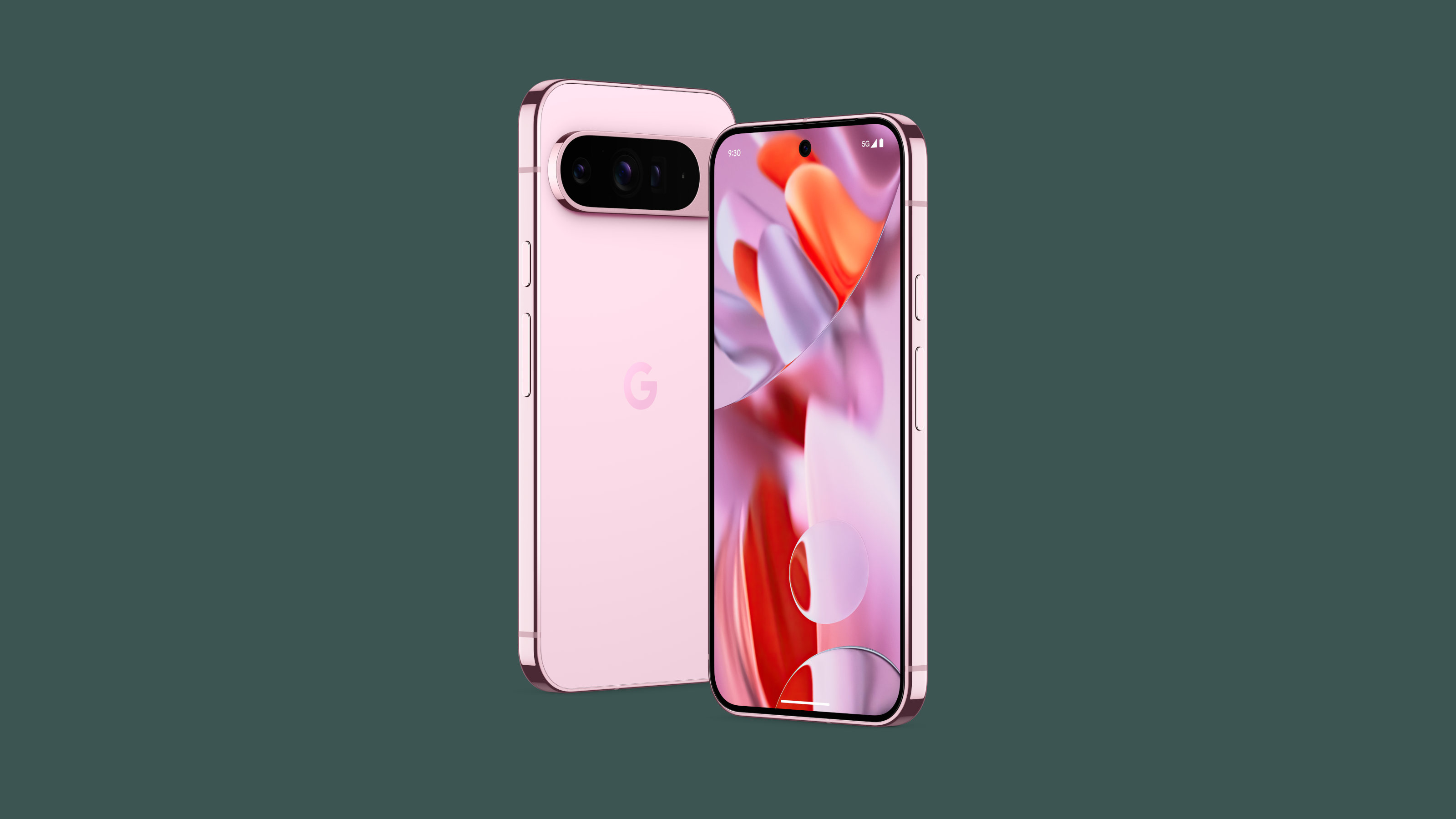
We’re in a meeting room in Google’s current central London HQ, high up on the upper floors of the Renzo Piano-designed Central St Giles complex. Before us on the table is a spread of mobile phones, representing the full design evolution of Google’s dedicated, own brand, in-house Pixel smartphone. These range from the original 2016 device all the way up to the new suite of Pixel 9 phones.
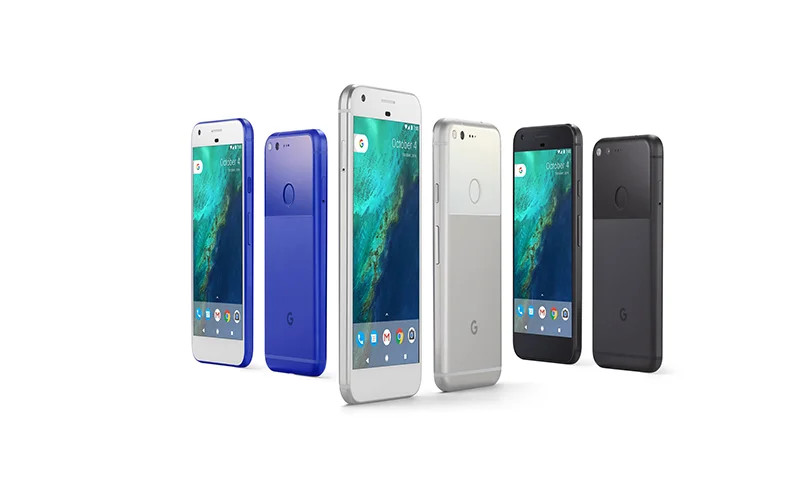
Blast from the past: the original Google Pixel from 2016
Talking us through this flatscreen smorgasbord is Claude Zellweger, Google’s long-standing head of design. Over the past three years, Zellweger has spearheaded the Pixel design ethos (amongst other things), starting with the ‘new era’ aesthetic that began with 2021’s Pixel 6. In many respects, having this evolutionary journey made explicit is part of the established playbook of smartphone design. These are highly complex devices that evolve in myriad ways, not just in their physical form but through changes in supply chains, legislation, technological advances and shifting customer allegiance.
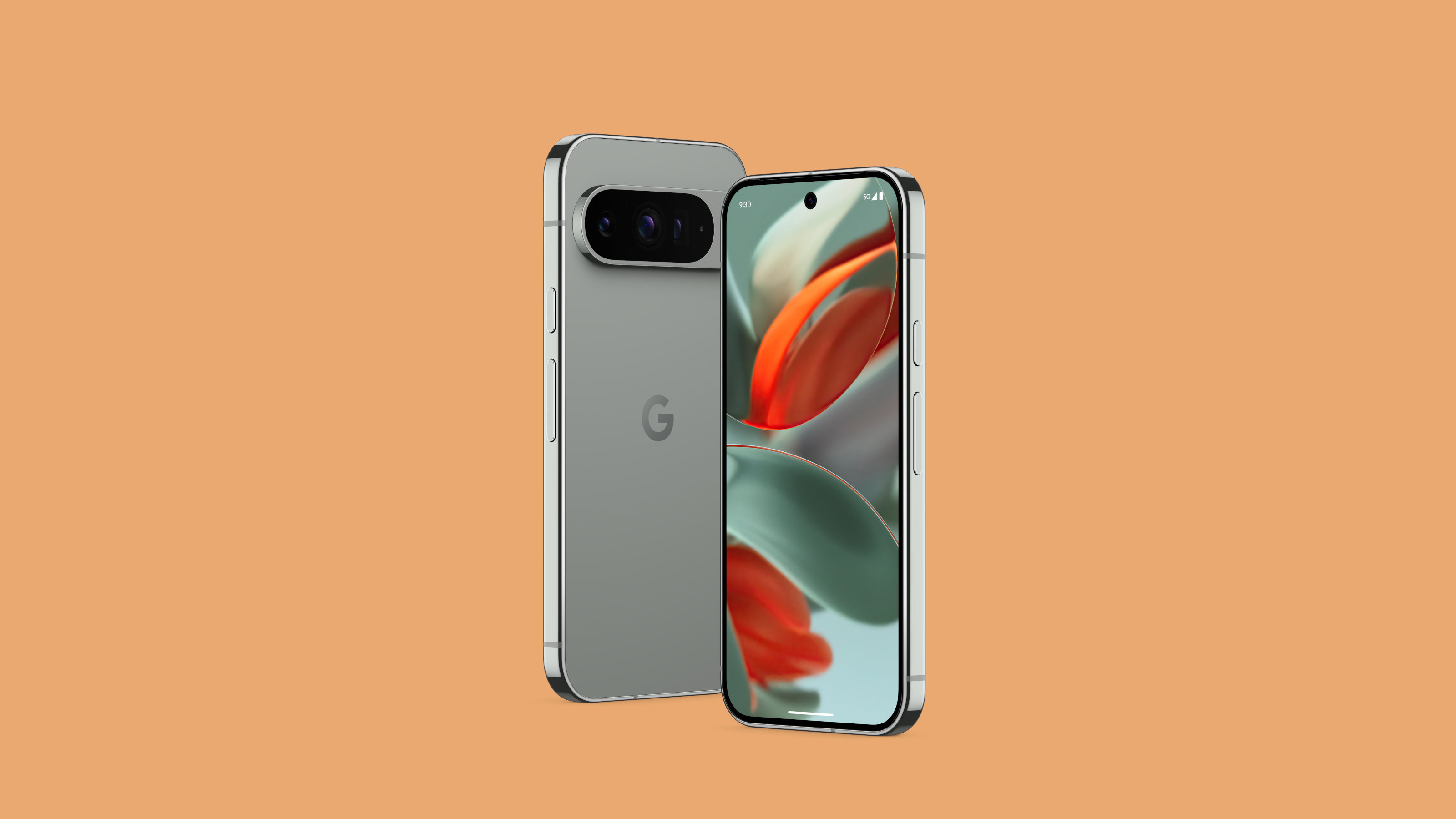
Google Pixel 9 Pro in Hazel
From Pixel 6 onwards, photography became a Google USP. ‘We invested big time in the optical modules in Pixel 6,’ Zellweger says, pointing out that this marked the debut of the horizontal camera bar across the upper part of the phone back. It’s been a dominant feature, through Pixel 7, the first-generation Pixel Fold to last year’s suite of Pixel 8 products. Now it’s time for another change.
Google Pixel 9 family: what’s new
In Pixel 9, the camera bar becomes a more discreet raised element, evoking a cluster of lenses standing proud from the phone back, complete with rounded edges that give the impression of a more standalone camera system. Zellweger explains how this new camera bar takes visual hints from high-end optical design, including SLRs and other specialist equipment, with finishes that wouldn’t be out of place in watchmaking circles. It also helps to incorporate a bigger optical module. These curves are also carried through into the edges of the phone itself. ‘It looks smaller, and feels better in the hand,’ says Zellweger.
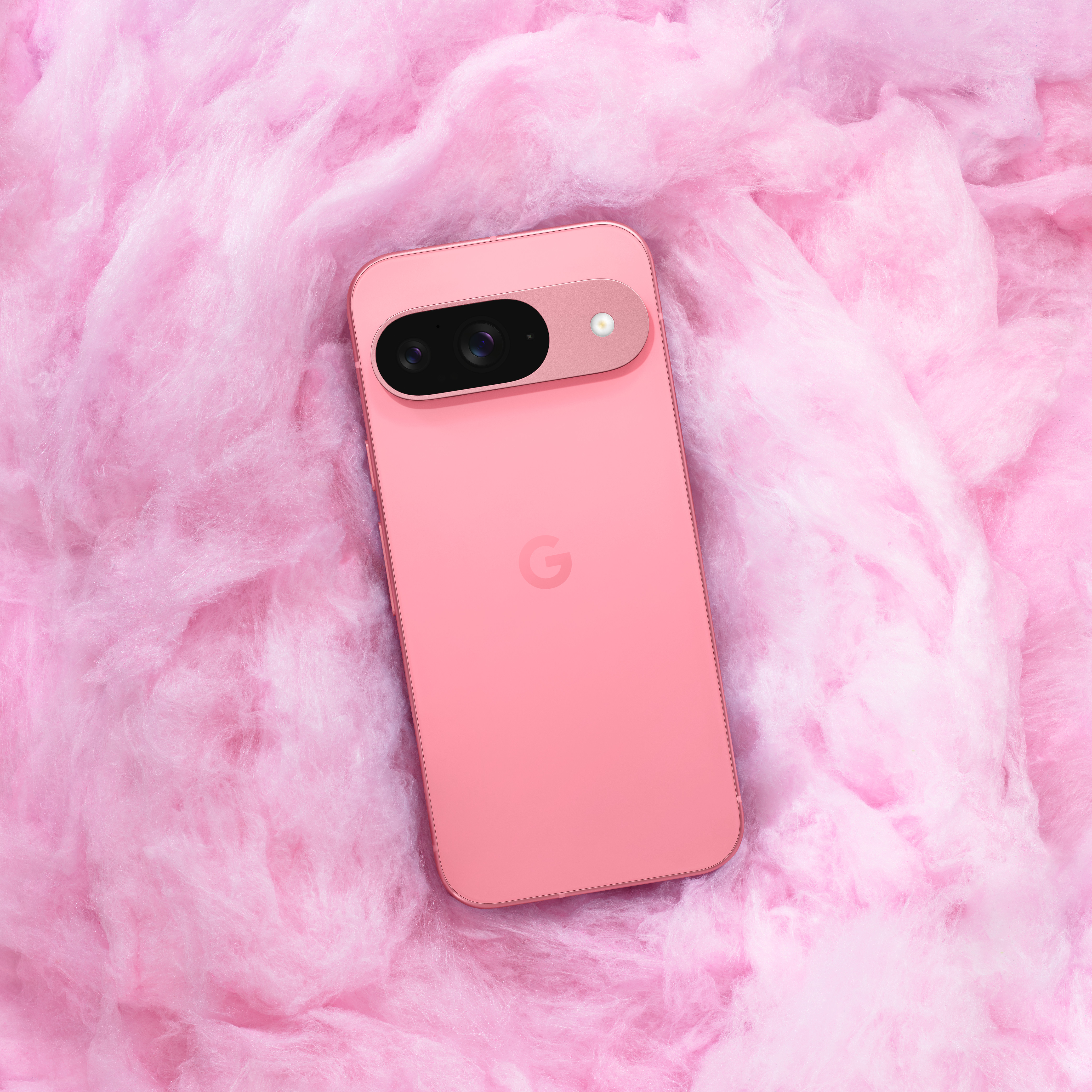
Google Pixel 9
The new Pixel family consists of the Pixel 9, Pixel 9 Pro and Pixel 9 XL, along with the Pixel 9 Pro Fold. At Google’s launch event, the Pixel Watch 3 was also unveiled, now in two dial sizes, alongside a new set of earbuds, the Pixel Buds Pro 2. This annual cycle of shiny new hardware feels somewhat profligate in this straitened era of resource awareness. According to Zellweger, the company is very aware of this. ‘[Pixel 9] is more repairable,’ he says, ‘we try and be ahead of the regulations.’
All aluminium is 100 per cent recycled, and the phones come in completely plastic-free boxes. The company also promises seven years of software updates for all its Pixel devices. Not only are contracts getting longer, but smartphones are getting more durable. In short, one simply doesn’t need to upgrade every year. If not for life, a phone can and should last for many years.
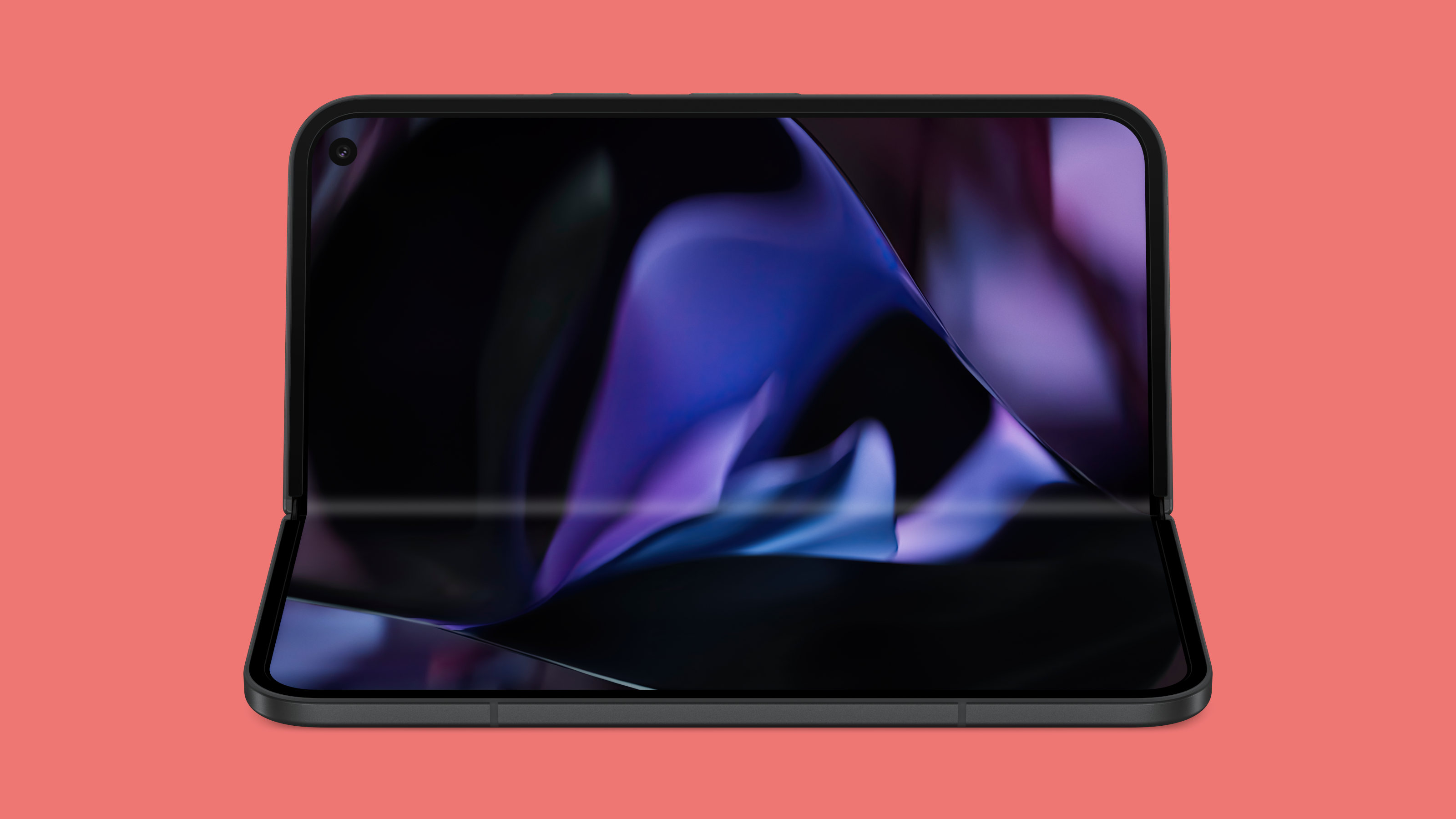
Google Pixel 9 Pro Fold in Obsidian
Pixel 8 also marked the debut of a far more intensively AI-driven approach to photography, not just in terms of how the sensors and processors managed light, colour and exposure in the moment, but the ways in which photographs could be enhanced, manipulated and generally messed about with once they were in the phone. Pixel 9 obviously goes further, not just by physically foregrounding the camera itself, but through new lens and new software.
Wallpaper* Newsletter
Receive our daily digest of inspiration, escapism and design stories from around the world direct to your inbox.
The base Pixel 9 has two camera modules, whilst the 9 Pro and XL have a more sophisticated triple modules. The Pixel 9 Pro and 9 Pro XL can be specified with up to 1 TB of onboard memory, whilst the regular 9 only goes up to 256 GB. In addition, brighter hues are now in the palette, including two different shades of pink, and the overall colour collection is less sober and business-like than before.
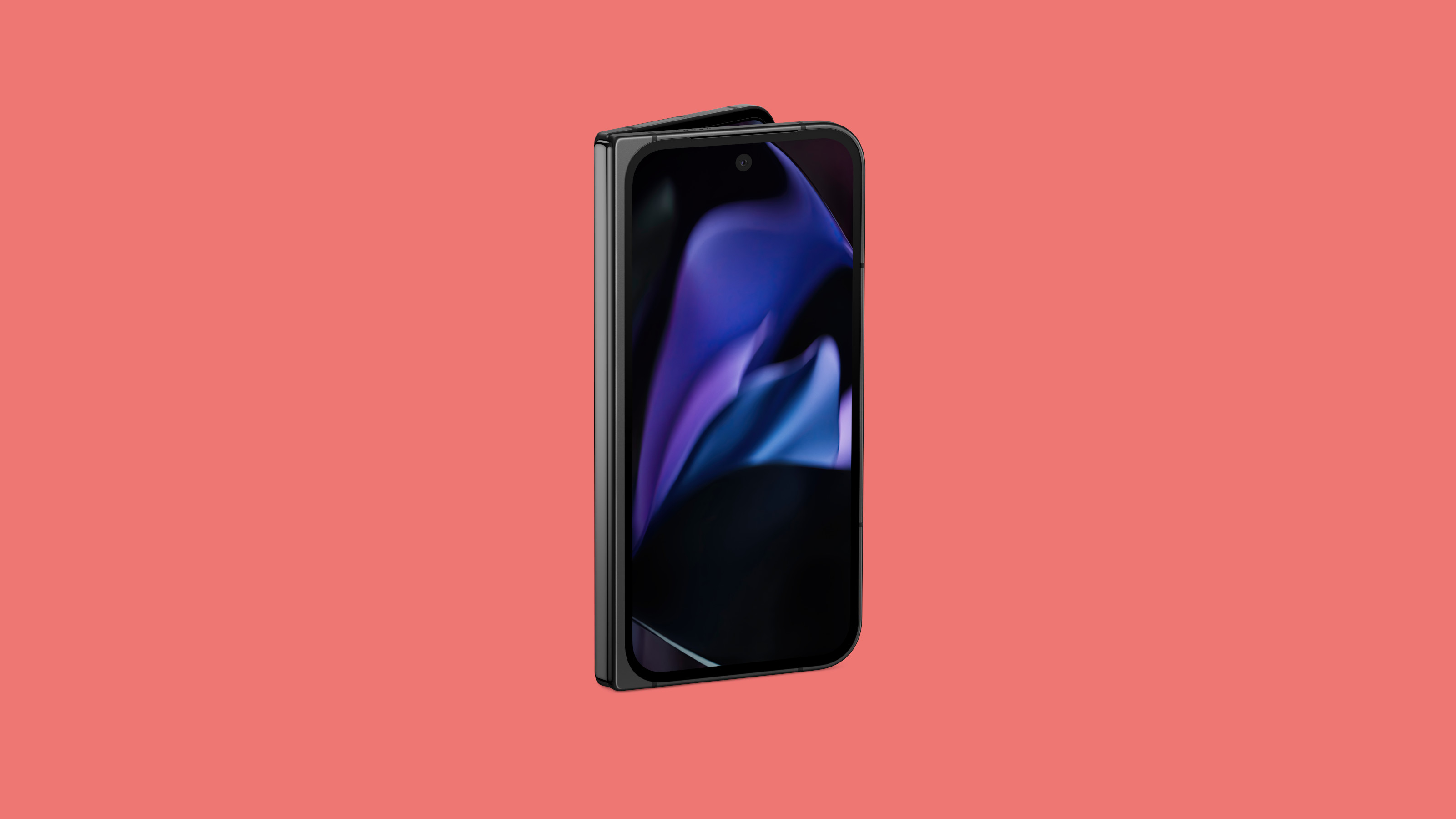
The Pixel 9 Pro Fold in Obsidian
The new Fold now takes on the numbering system of its sister smartphones, becoming the Pixel 9 Pro Fold. When the first model came out, Zellweger told us that he ‘believed the form factor of the Pixel Fold is optimised for what Google is great at – productivity and entertainment use’, and not much has changed in terms of intention. This is a flagship device, almost twice the price of an equivalent smartphone, with a vast screen when opened and a Tensor G4 processor that can power through gaming, streaming, photo and video editing, and all the other computationally intensive tasks you might have once relegated to a laptop or desktop.
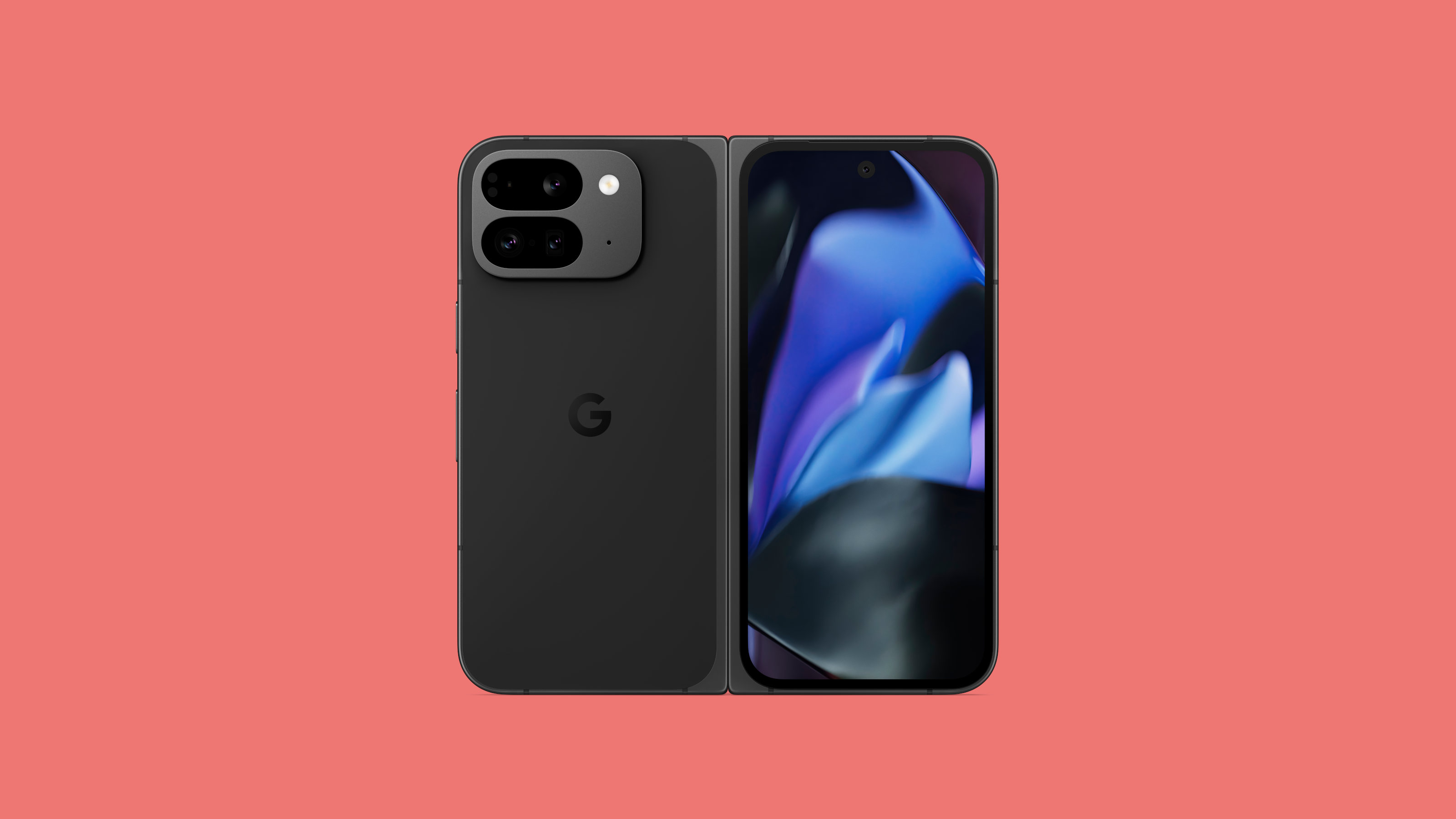
The Pixel 9 Pro Fold in Obsidian
‘The new Fold is quite different from the first,’ Zellweger says. ‘It’s always been our goal to create a folding phone that looks and feels like a normal phone when it’s closed.’ That means a 6.3in display on the outside, and an 8in display inside, with split-screen modes for working and watching, or video conferencing, or even whilst using the camera. The camera modules are slimmed down, with upgraded sensors and lenses and all the AI abilities of the other Pixel 9s. When folded, it’s just 10.5mm thick.
In the past, smartphone’s sleek sophistication and impenetrable carapace have been hard to reconcile with the idea of repairability. ‘[With Pixel 9] we’re making the right balance of high-end appearance and accessibility,’ Zellweger says, adding that ‘the industry probably went a bit too far in the past’. A partnership with iFixit, fast becoming the go-to supplier for smartphone longevity, bolsters the options to repair a broken screen, for example.
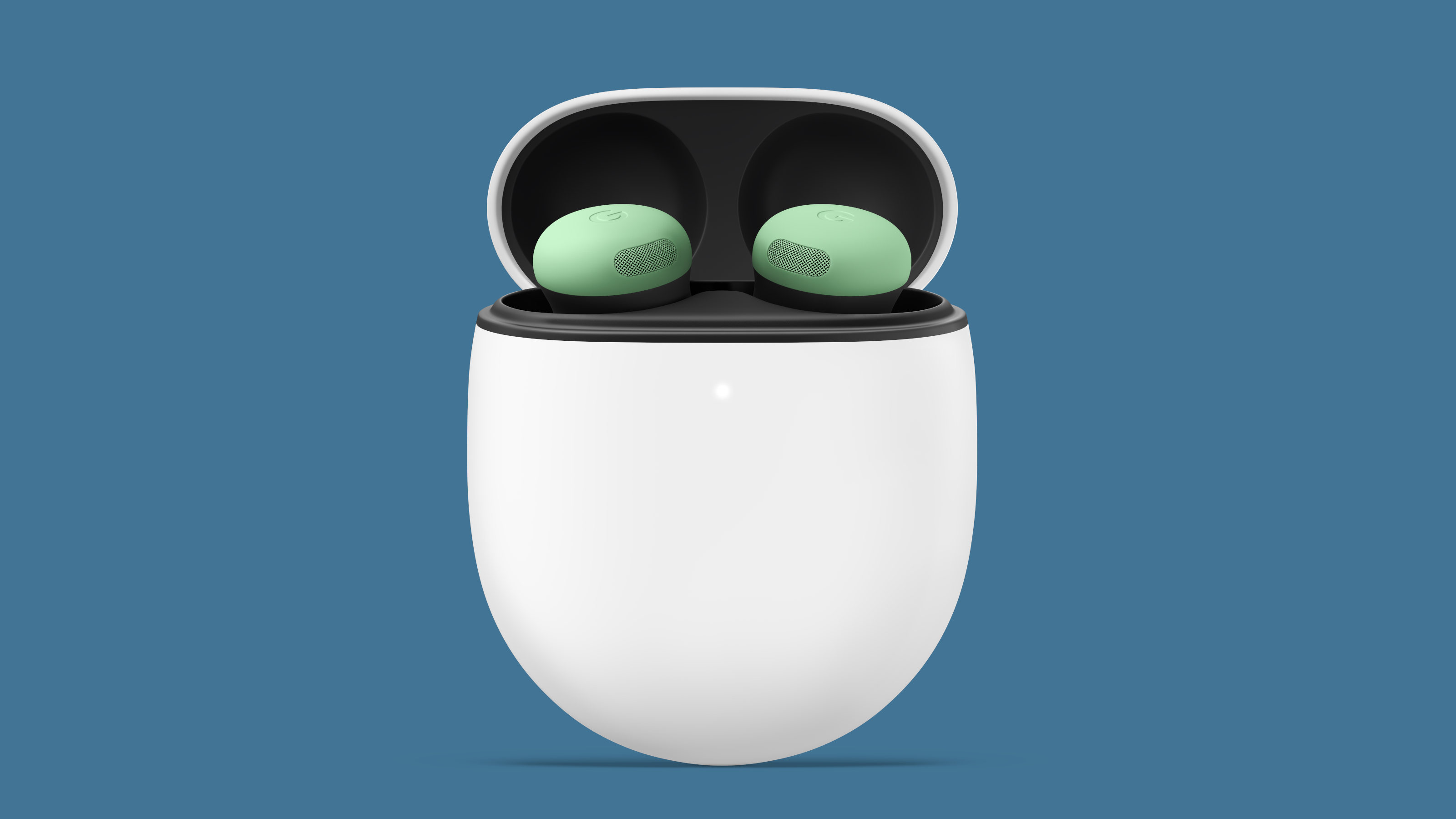
Google Pixel Buds Pro 2 in Wintergreen
Google’s much-vaunted AI investment also plays a role here, with the physical device you use to access the service becoming less important than the service itself. ‘Phones are really starting to deliver on that promise of a personal assistant,’ says Zellweger, and the AI offering in the Pixel 9 family gets a boost with the offer of a one-year subscription to the Google One AI Premium Plan. Not only does this give you 2TB of cloud storage, but also access to Gemini Advanced, a more sophisticated AI model that can parse documents up to 1,500 pages in length, using up to one million multimodal tokens per query: put simply, each token represents a data point from your input, be it text, images, or video. The more tokens available, the more sophisticated the analysis of the data set.
Google Pixel Watch 3: bigger, better, longer battery life
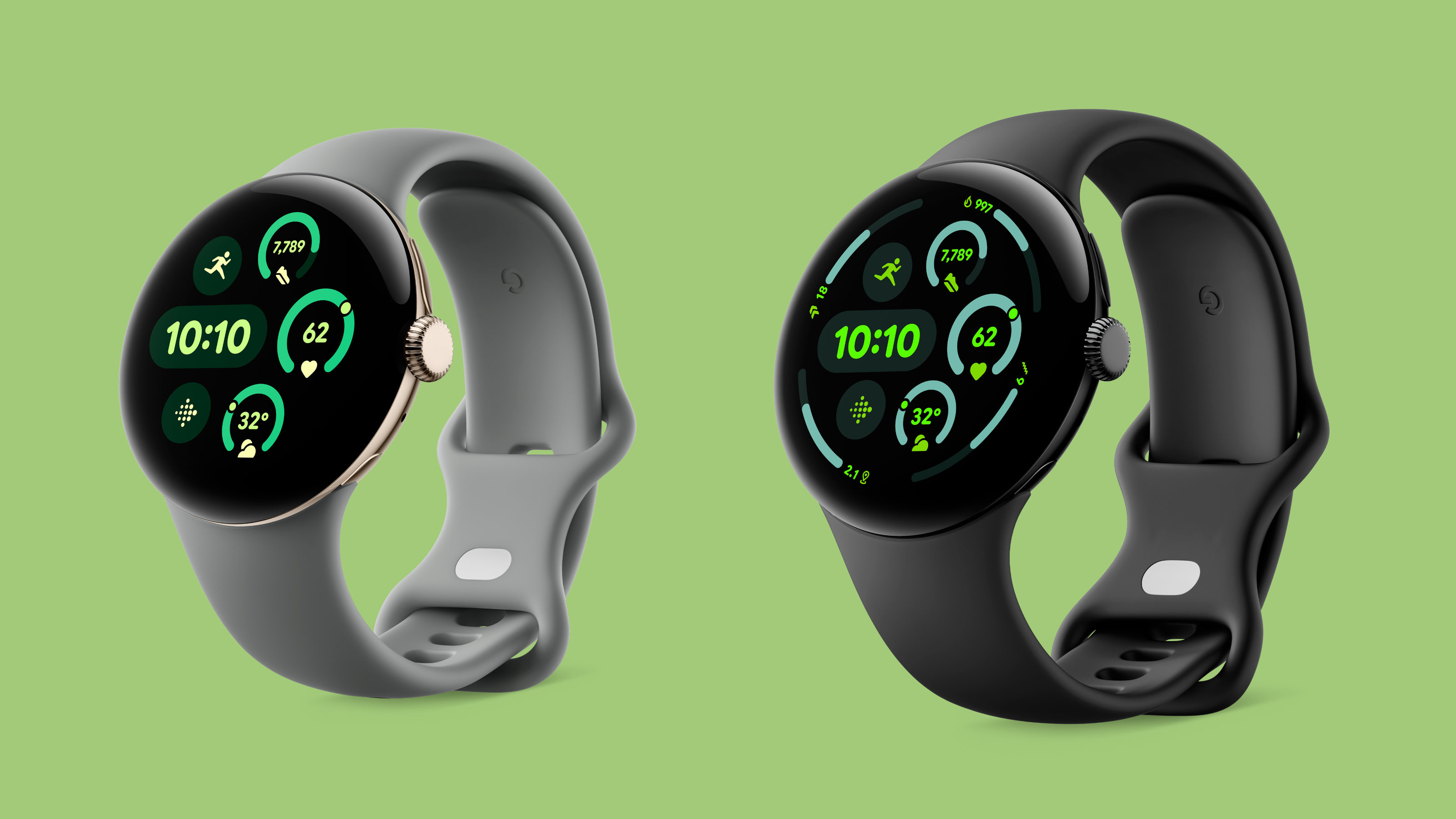
Google Pixel Watch 3 in Hazel and Pixel Watch 3 XL in Obsidian
After all this intensive AI talk, it was a relief to explore the almost relaxing ambience of the new Pixel Watch 3, now available in both 41mm and 45mm cases for the first time, the latter providing 40 per cent more visible screen. According to Zellweger, the design inspiration was far more natural; the Watch’s smooth surface is inspired by a 3D scan of a water droplet, while the charging case for the Pixel Buds Pro 2 is meant to evoke a pebble or rock smoothed by a river.
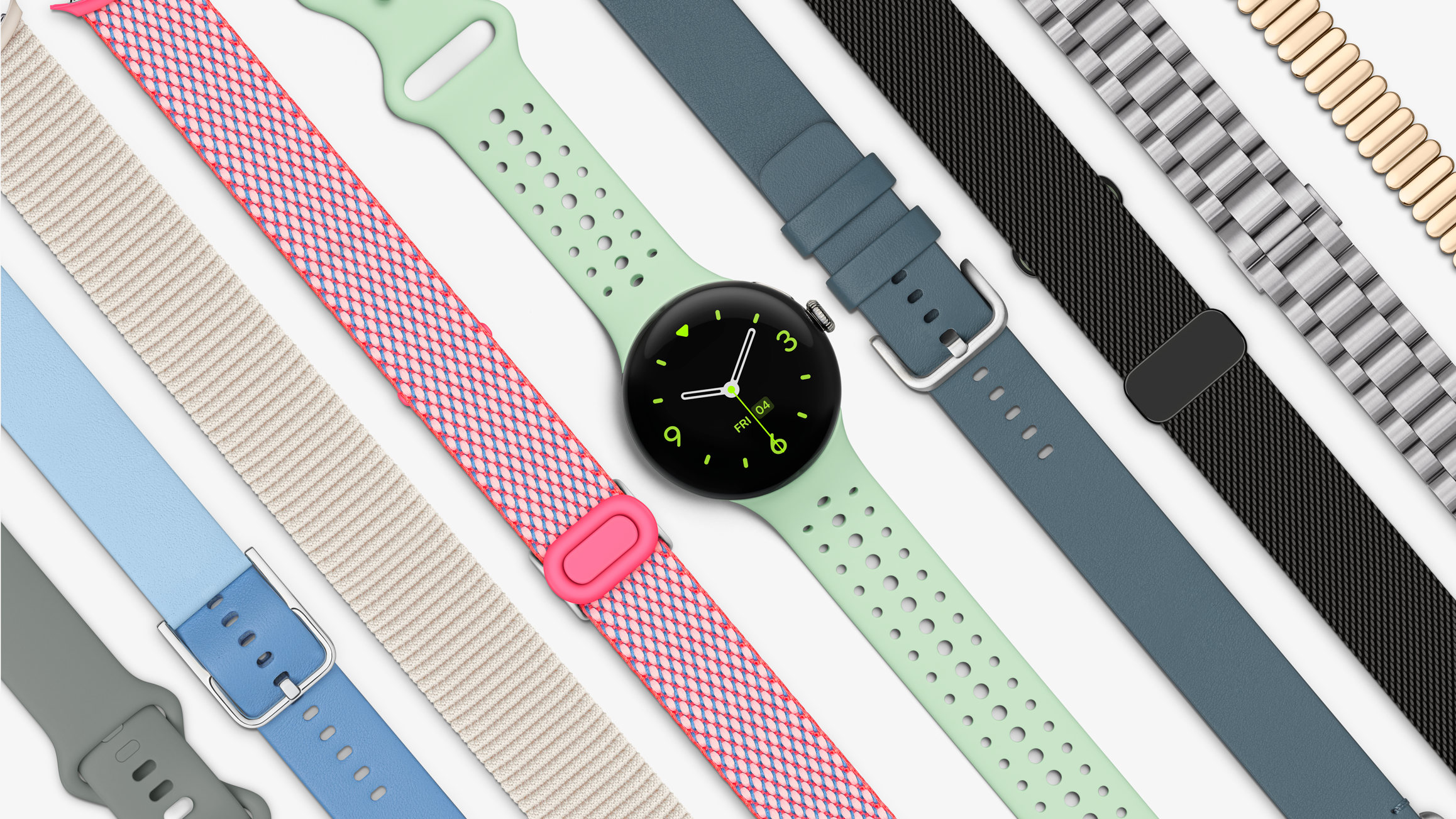
Google Pixel Watch band line-up
Pixel Watch improvements aren’t limited to the scale change. The bigger watch also has a bigger battery (35 per cent) and advances in software, including an ‘Auto Bedtime Mode’, give a longer battery life and faster charging. Wear OS5, the most recent version of Google’s wearable operating system, includes more integration with the fitness and sensor capabilities, leaning into Google’s 2021 acquisition of Fitbit.
Keen runners can build workouts within the app, set daily targets and deal with all sorts of aspects of wellbeing, from stress levels to cardio load. The company calls all this ‘glanceable helpfulness’, although the jury is out as to whether smart watches distract from the distraction of the phone or simply exacerbate it.
We’ll report back on the day-to-day experience of using the Pixel 9 Pro and Pixel 9 Fold in due course.
Google Pixel 9 128 GB, £799, Pixel 9 Pro 128 GB, £999, Pixel 9 XL 128 GB, £1,099
Google Pixel 9 Pro Fold 256 GB, £1,749
Google Pixel Watch 3 Wifi, £349, Pixel Watch 3 XL LTE, £399
Google Pixel Buds Pro 2, £219
All available from Store.Google.com
Jonathan Bell has written for Wallpaper* magazine since 1999, covering everything from architecture and transport design to books, tech and graphic design. He is now the magazine’s Transport and Technology Editor. Jonathan has written and edited 15 books, including Concept Car Design, 21st Century House, and The New Modern House. He is also the host of Wallpaper’s first podcast.
-
 Extreme Cashmere reimagines retail with its new Amsterdam store: ‘You want to take your shoes off and stay’
Extreme Cashmere reimagines retail with its new Amsterdam store: ‘You want to take your shoes off and stay’Wallpaper* takes a tour of Extreme Cashmere’s new Amsterdam store, a space which reflects the label’s famed hospitality and unconventional approach to knitwear
By Jack Moss
-
 Titanium watches are strong, light and enduring: here are some of the best
Titanium watches are strong, light and enduring: here are some of the bestBrands including Bremont, Christopher Ward and Grand Seiko are exploring the possibilities of titanium watches
By Chris Hall
-
 Warp Records announces its first event in over a decade at the Barbican
Warp Records announces its first event in over a decade at the Barbican‘A Warp Happening,' landing 14 June, is guaranteed to be an epic day out
By Tianna Williams
-
 Microsoft vs Google: where is the battle for the ultimate AI assistant taking us?
Microsoft vs Google: where is the battle for the ultimate AI assistant taking us?Tech editor Jonathan Bell reflects on Microsoft’s Copilot, Google’s Gemini, plus the state of the art in SEO, wayward algorithms, video generation and the never-ending quest for the definition of ‘good content’
By Jonathan Bell
-
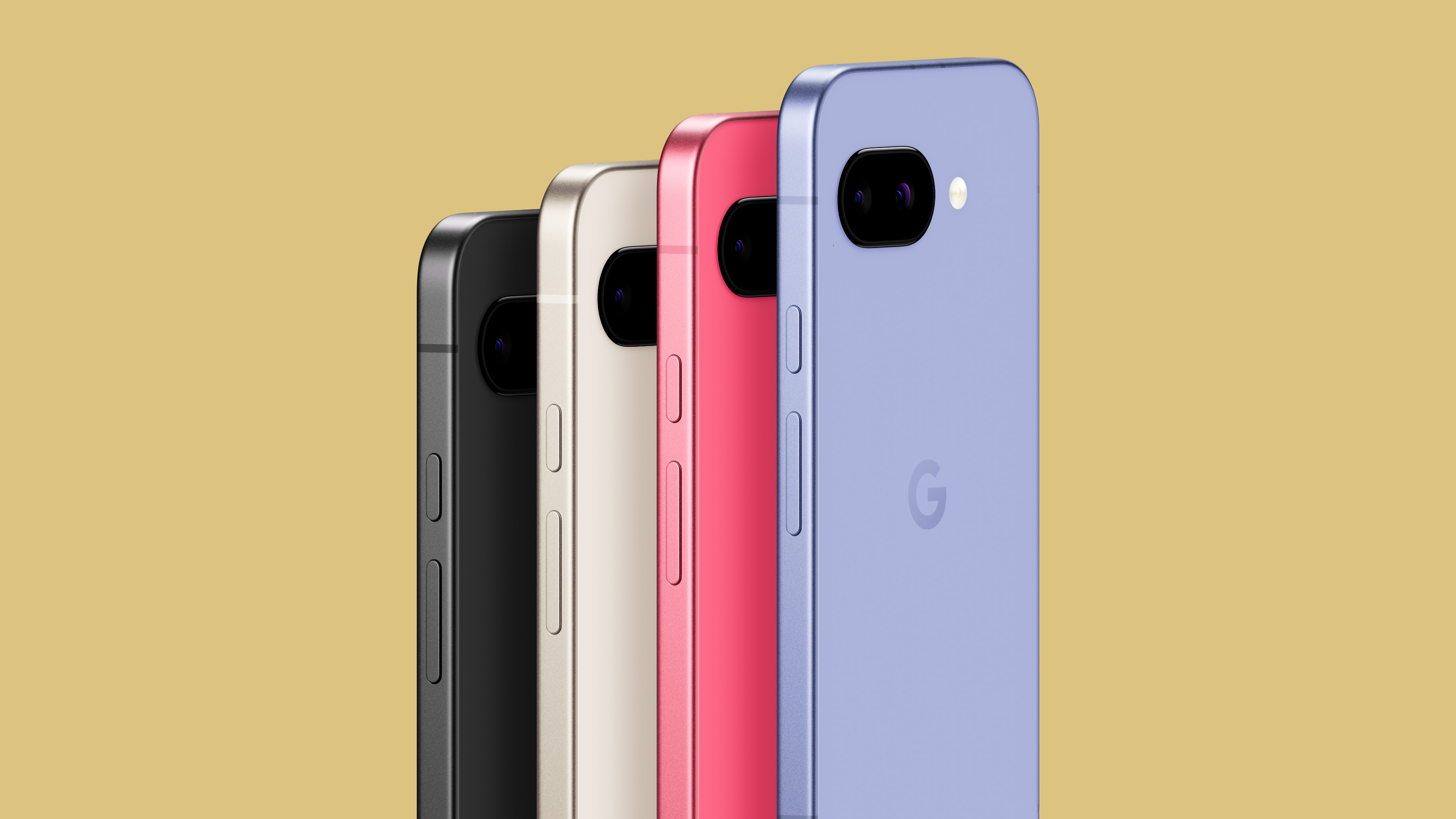 The new Google Pixel 9a is a competent companion on the pathway to the world of AI
The new Google Pixel 9a is a competent companion on the pathway to the world of AIGoogle’s reputation for effective and efficient hardware is bolstered by the introduction of the new Pixel 9a, a mid-tier smartphone designed to endure
By Jonathan Bell
-
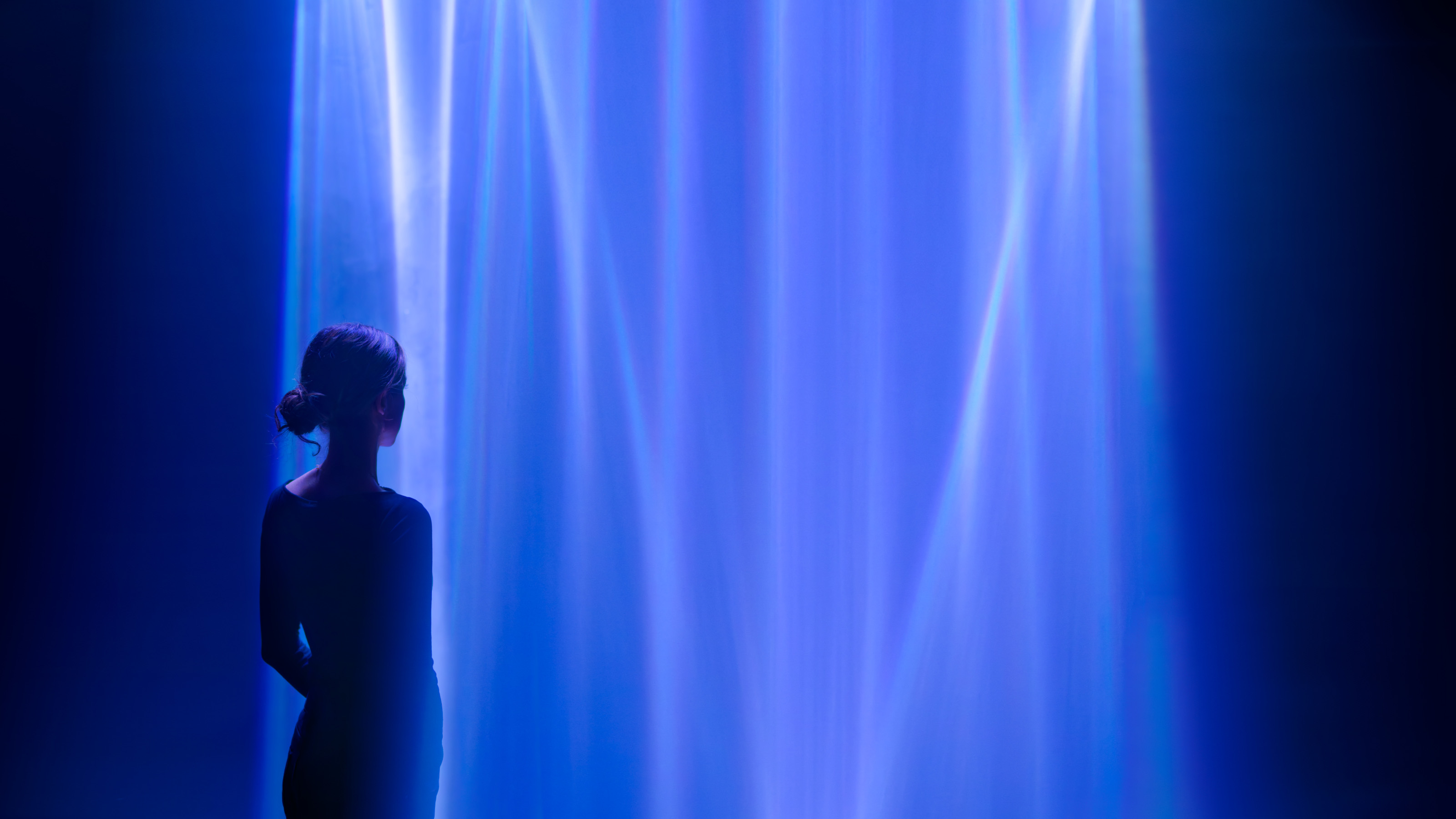 Artist Lachlan Turczan and Google's 'Making the Invisible Visible' at Milan Design Week 2025
Artist Lachlan Turczan and Google's 'Making the Invisible Visible' at Milan Design Week 2025All that is solid melts into air at Garage 21 in Milan as Google showcases a cutting-edge light installation alongside a display of its hardware evolution and process
By Jonathan Bell
-
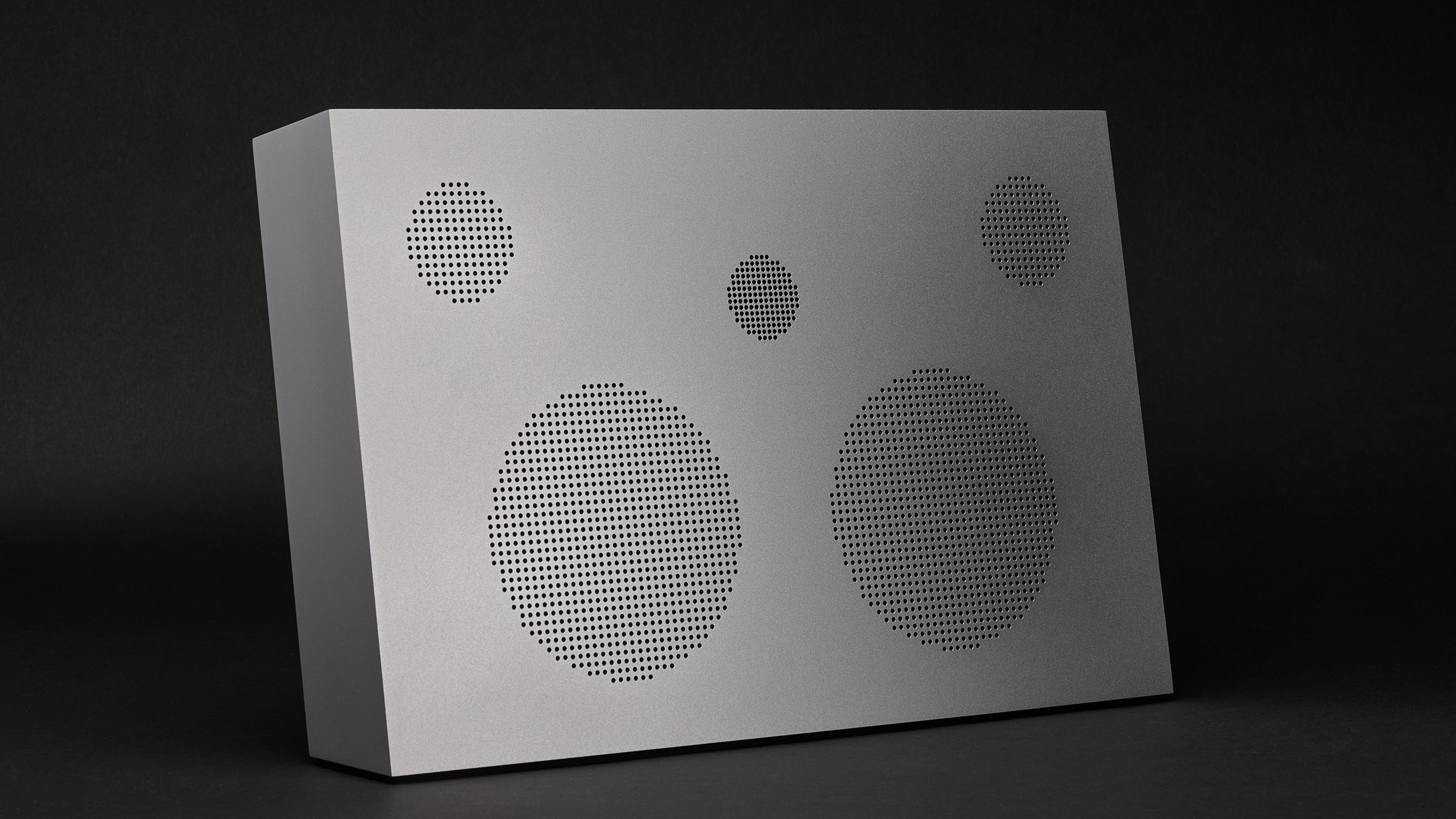 Year in review: top 10 audio acquisitions of 2024, as chosen by Wallpaper’s Jonathan Bell
Year in review: top 10 audio acquisitions of 2024, as chosen by Wallpaper’s Jonathan BellThe best audio technology of 2024, from pocketable earbuds to room-filling speakers
By Jonathan Bell
-
 Is the new Google Pixel 9 Fold Pro the ultimate do-it-all device?
Is the new Google Pixel 9 Fold Pro the ultimate do-it-all device?Google's Pixel 9 Pro and Pixel 9 Fold Pro go head to head in our hands-on test of the latest generation of AI-infused smartphones
By Jonathan Bell
-
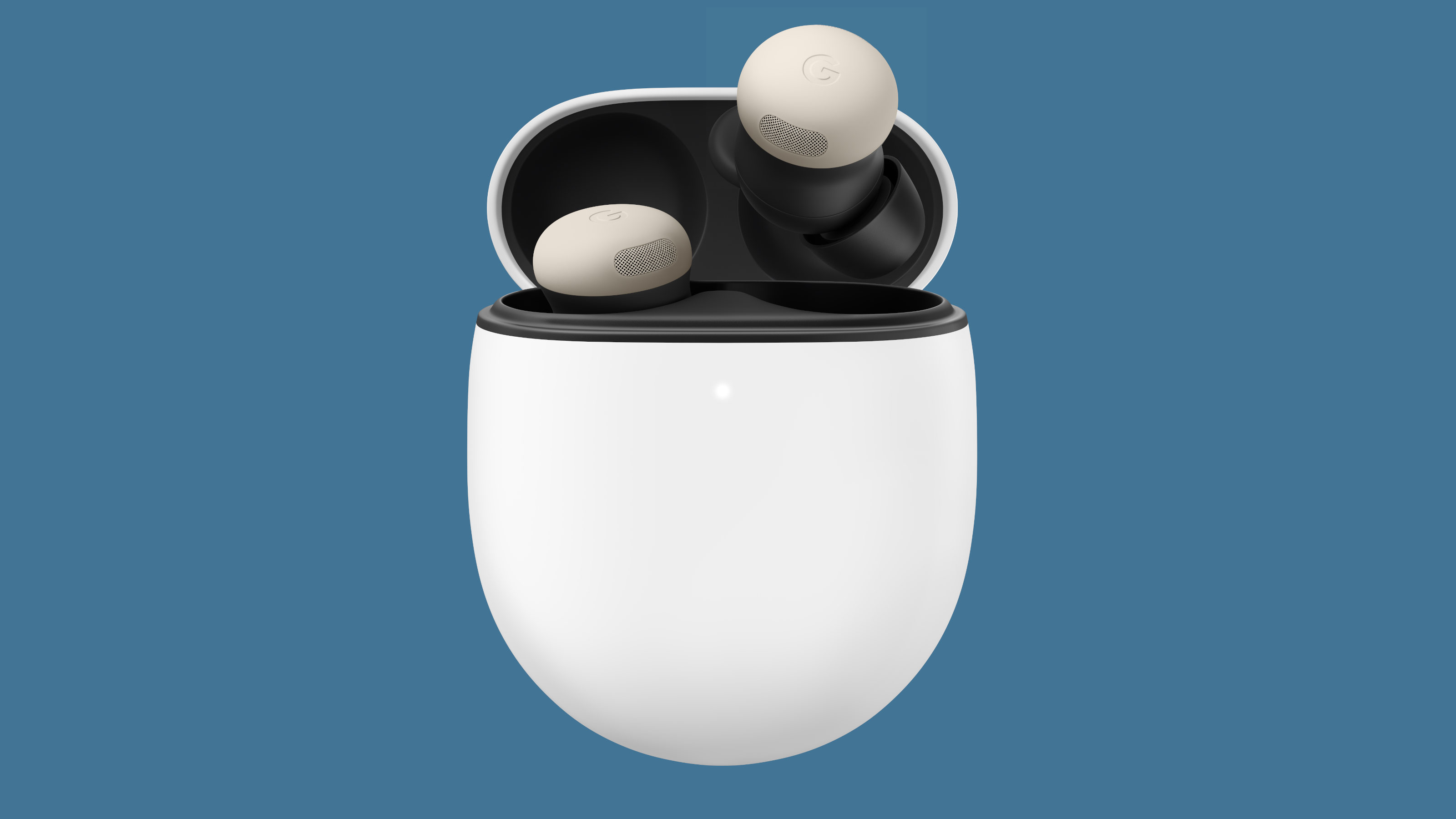 New earbuds for audio and AI interaction, courtesy of Google, Denon, and more
New earbuds for audio and AI interaction, courtesy of Google, Denon, and moreThe age of AI comes to your earbuds with the arrival of the new Google Pixel Buds Pro 2. We explore these and seven more of the newest and best-designed wireless earbuds as alternative choices
By Jonathan Bell
-
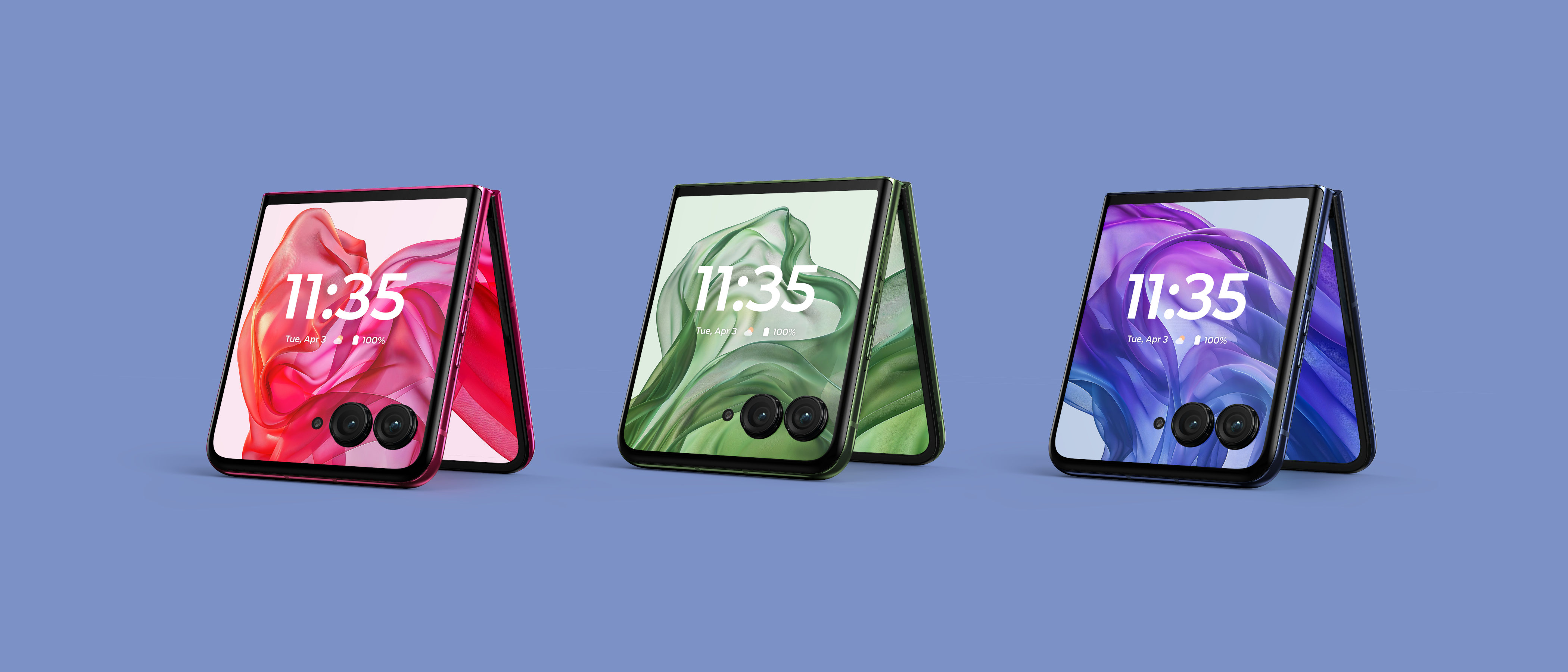 Folding Motorola razr 50 and 50 ultra enter the smartphone arena – plus the latest competition
Folding Motorola razr 50 and 50 ultra enter the smartphone arena – plus the latest competitionMotorola and Samsung unveil cutting-edge new folding phones, while Honor’s photography-focused device proposes portraiture as the new hotness
By Jonathan Bell
-
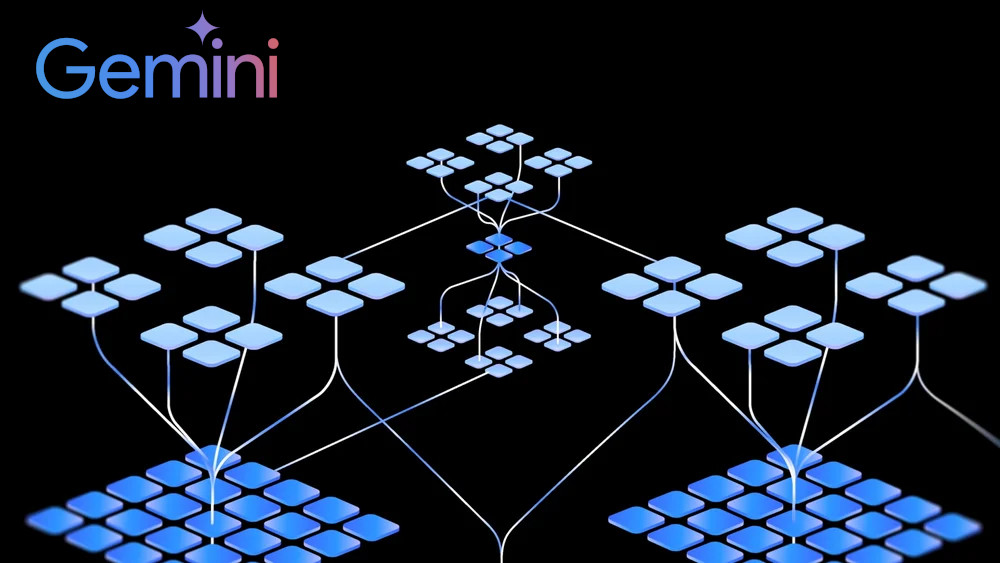 Is Google’s Gemini AI the best way of getting the most out of our machines?
Is Google’s Gemini AI the best way of getting the most out of our machines?From summaries to lists of suntan lotion and swimsuits, Google reckons Gemini can save us all time and effort. We dig into new uses for AI
By Jonathan Bell